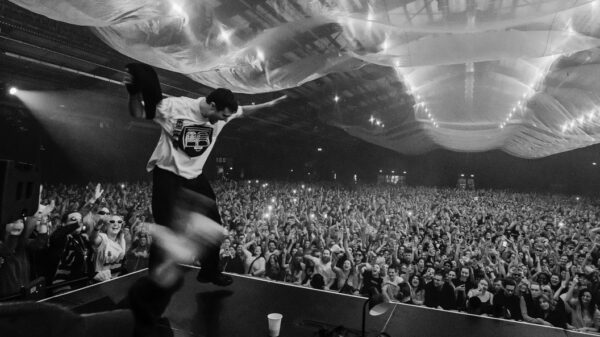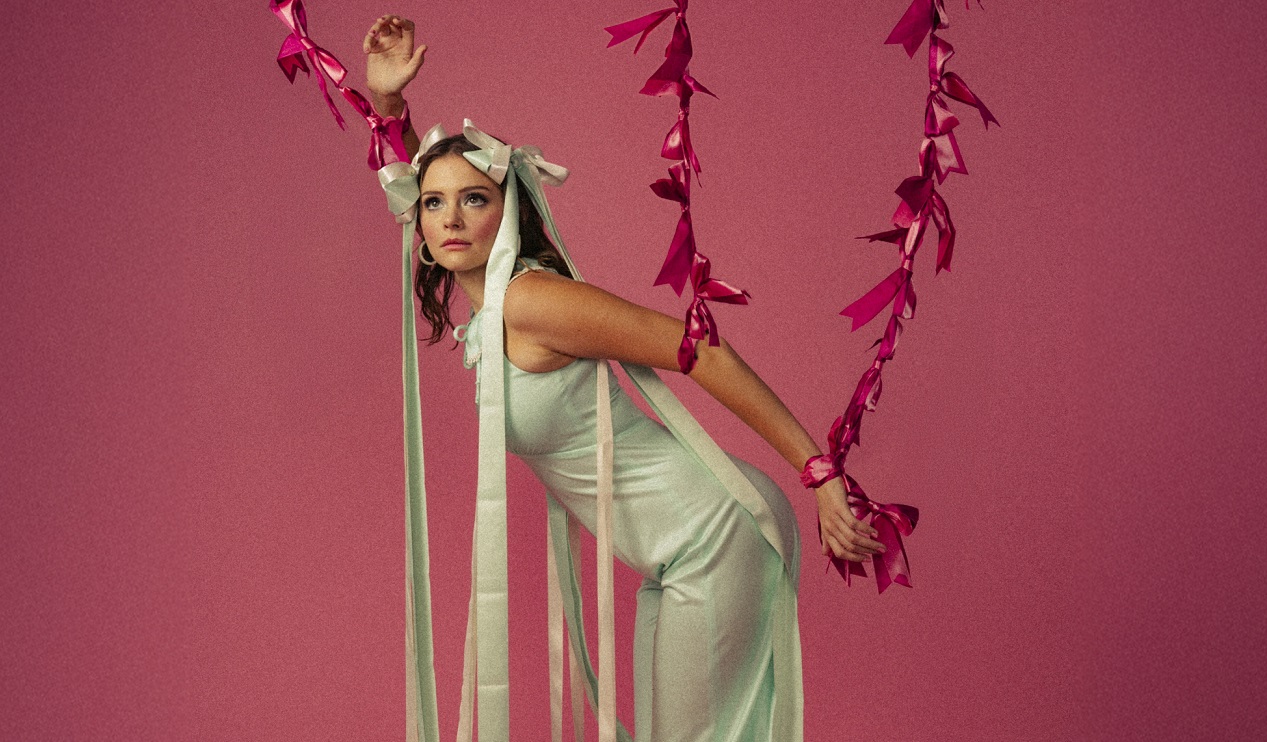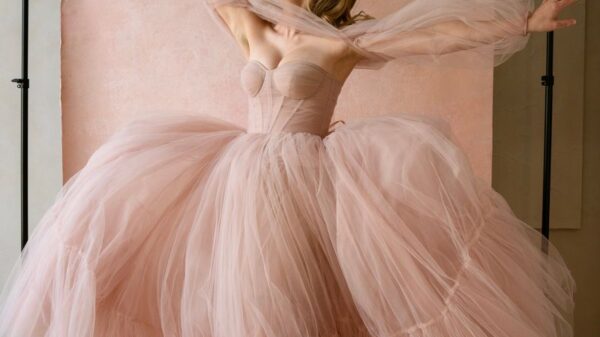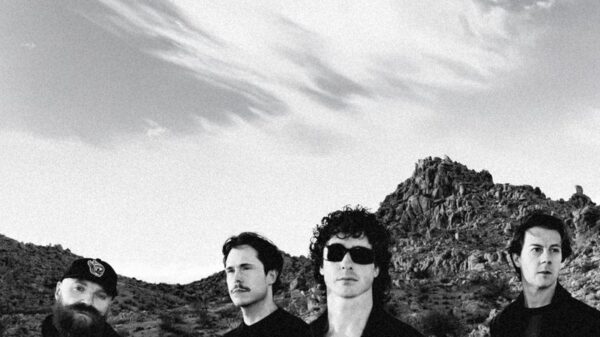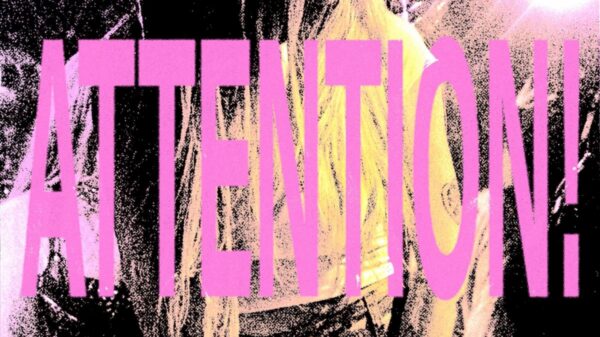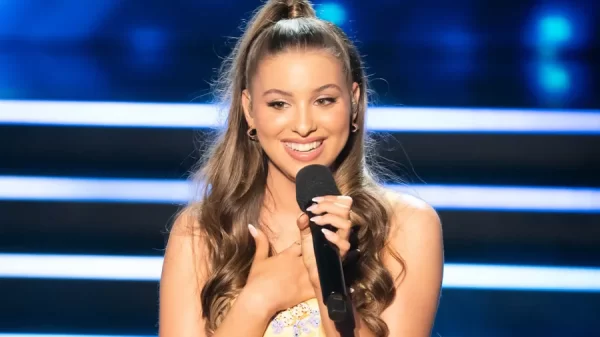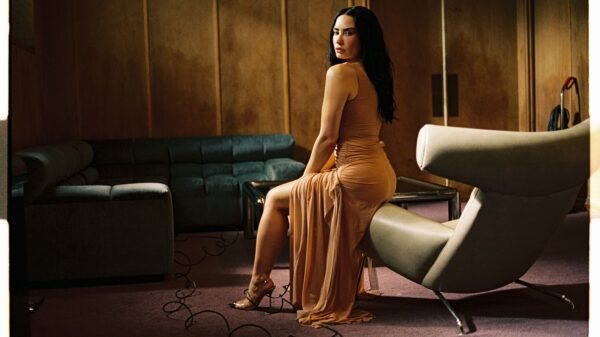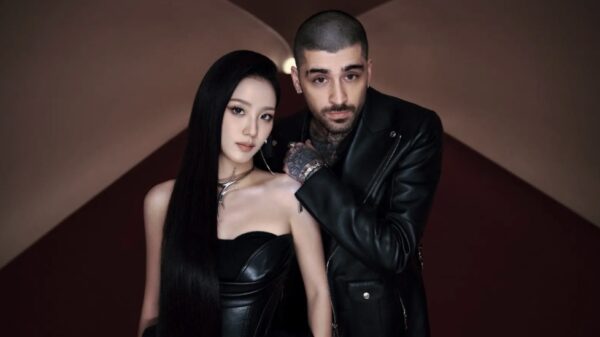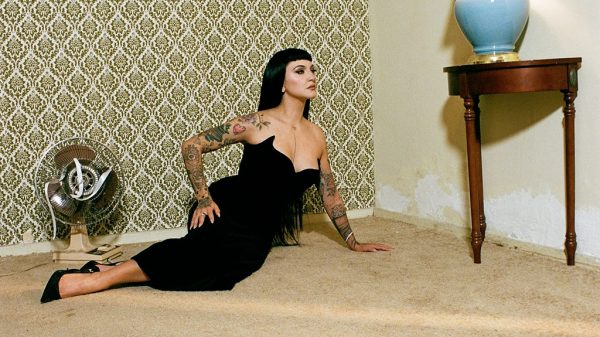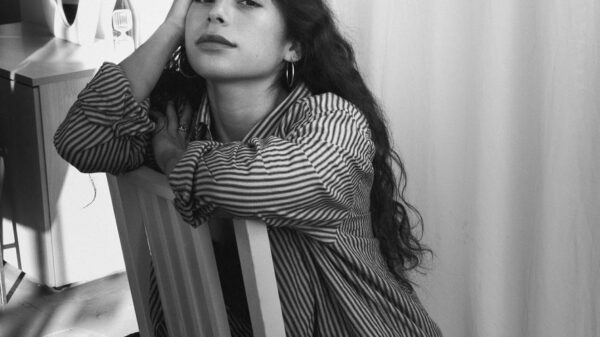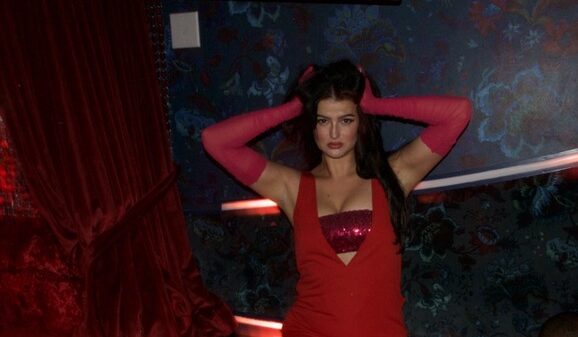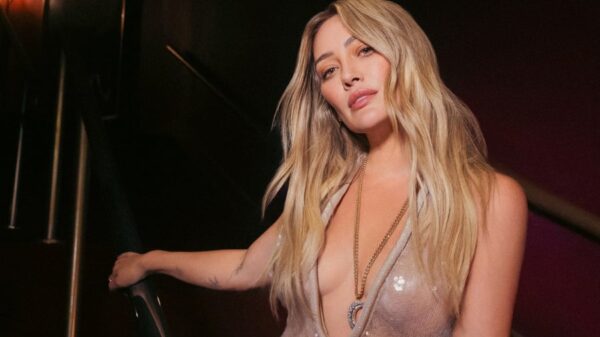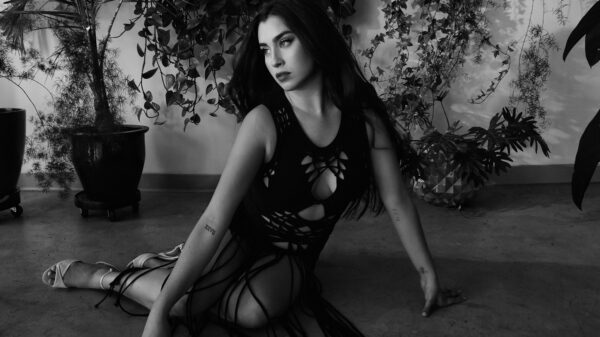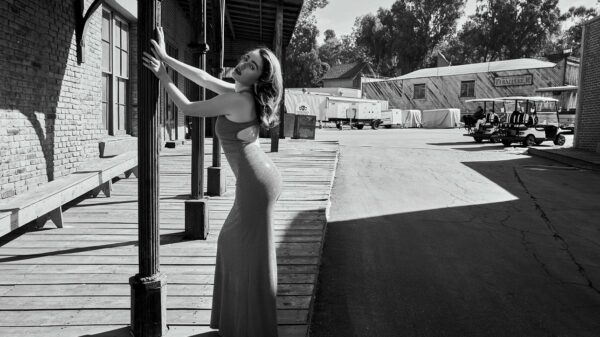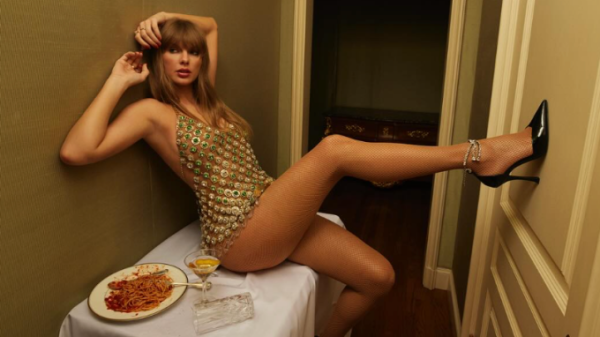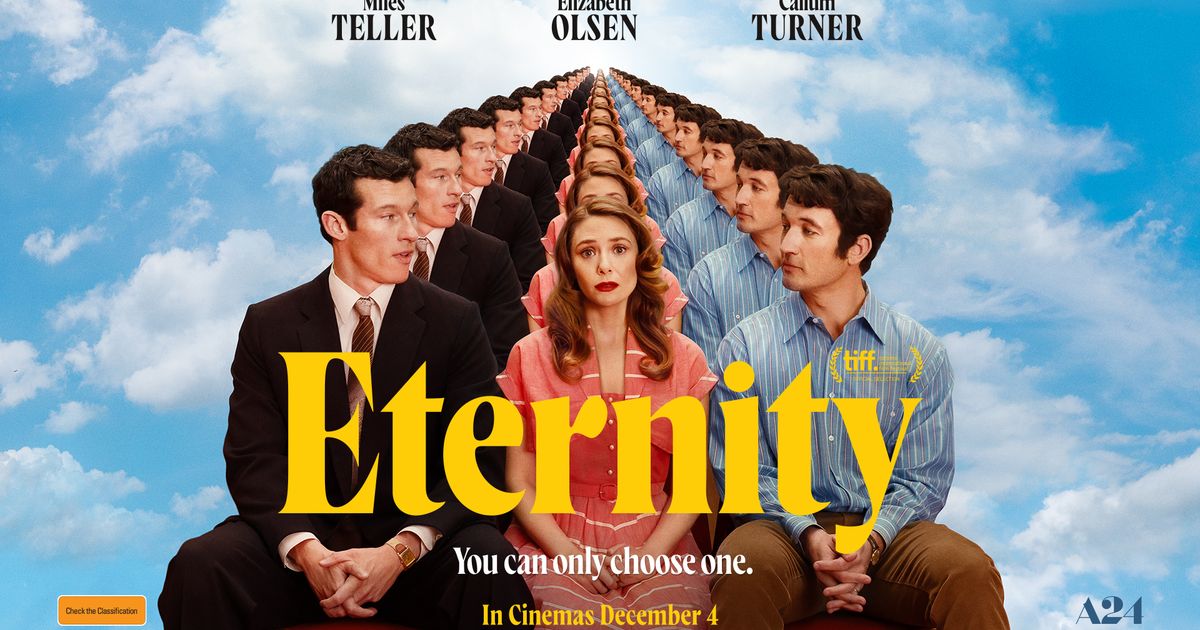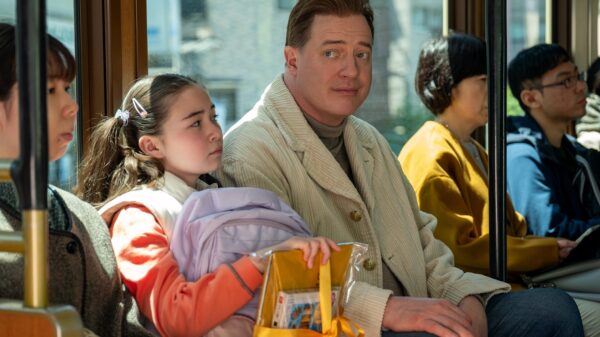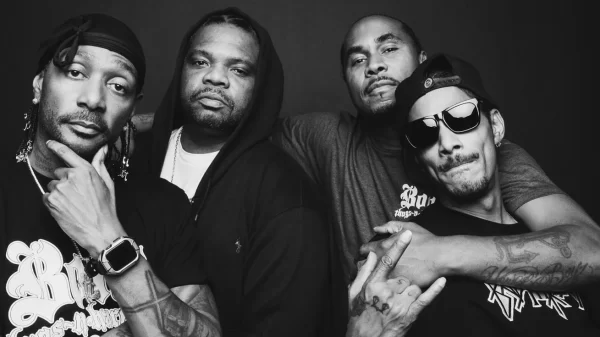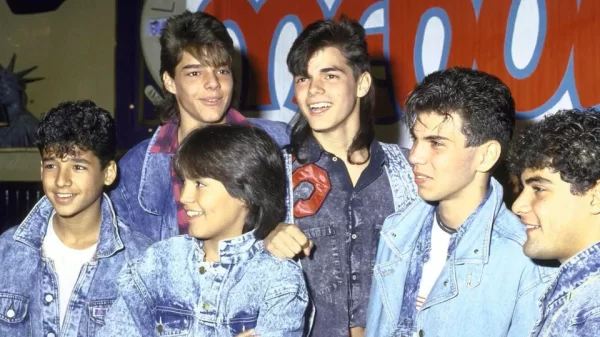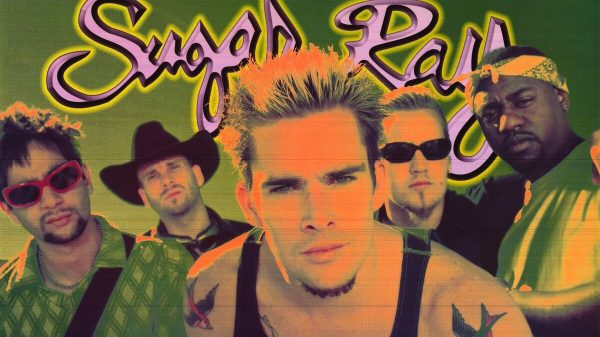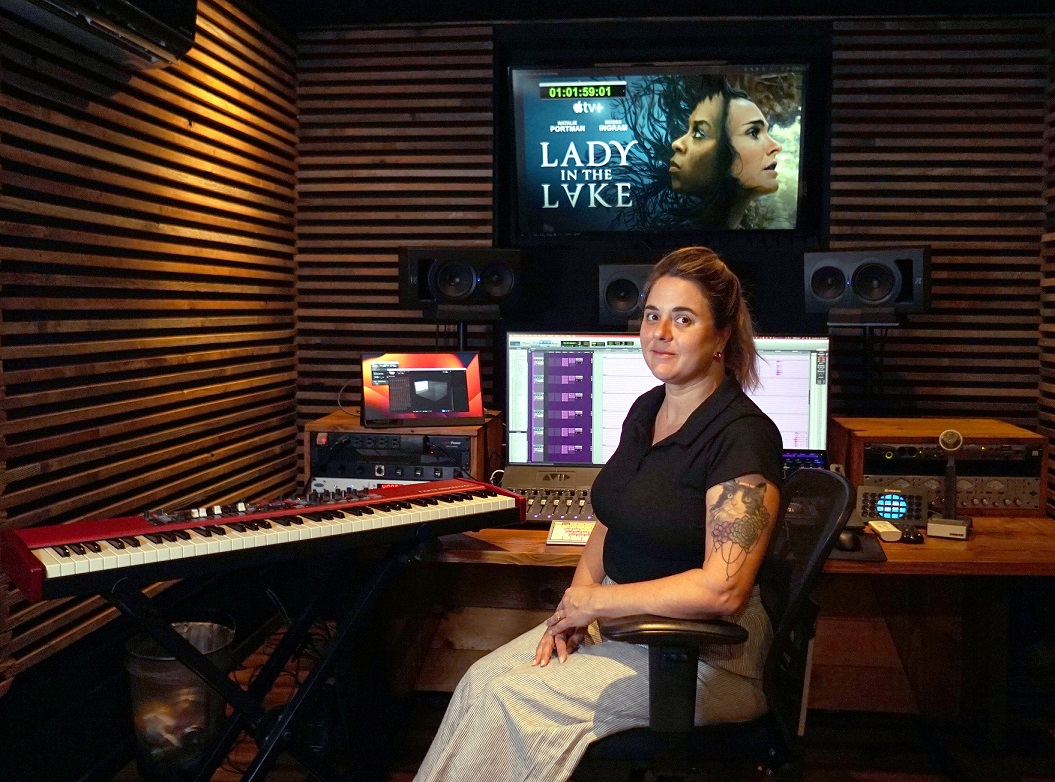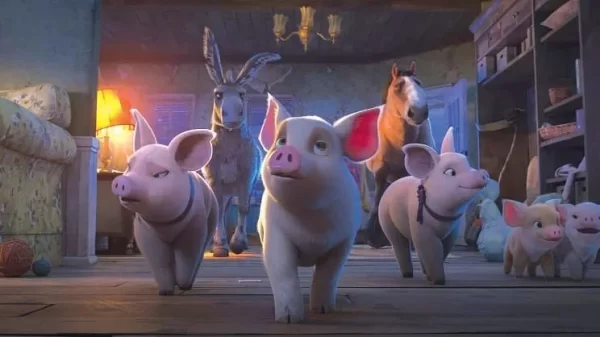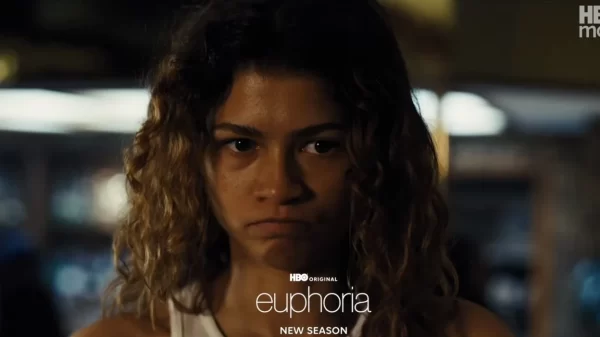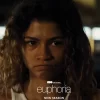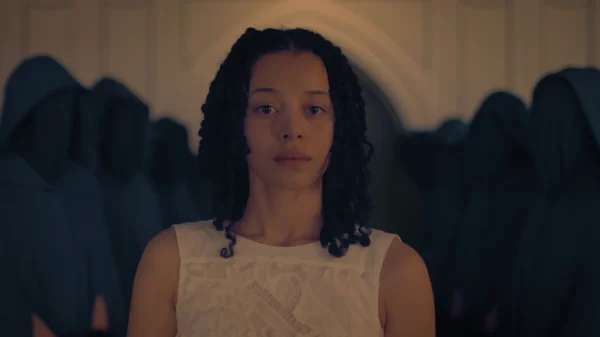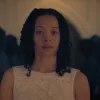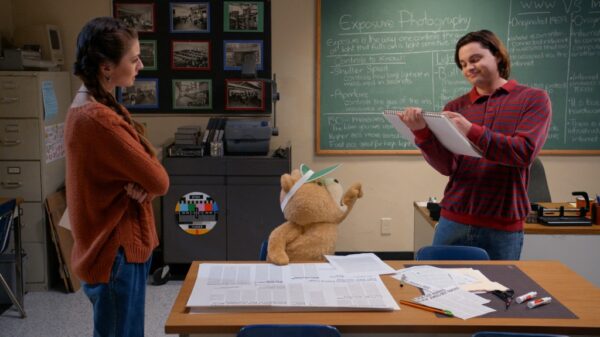Jillinda Palmer is a Los Angeles based Music Editor with more than 20 years of industry experience. She is an active performing musician and vocalist who thrives in her work as a music editor for film and television.
Jillinda most recently served as the music editor for the AppleTV+ limited series Lady in the Lake, starring Natalie Portman and Moses Ingram, written and directed by Alma Har’el. We got a chance to chat with her, and learn more about her amazing career in film and TV;
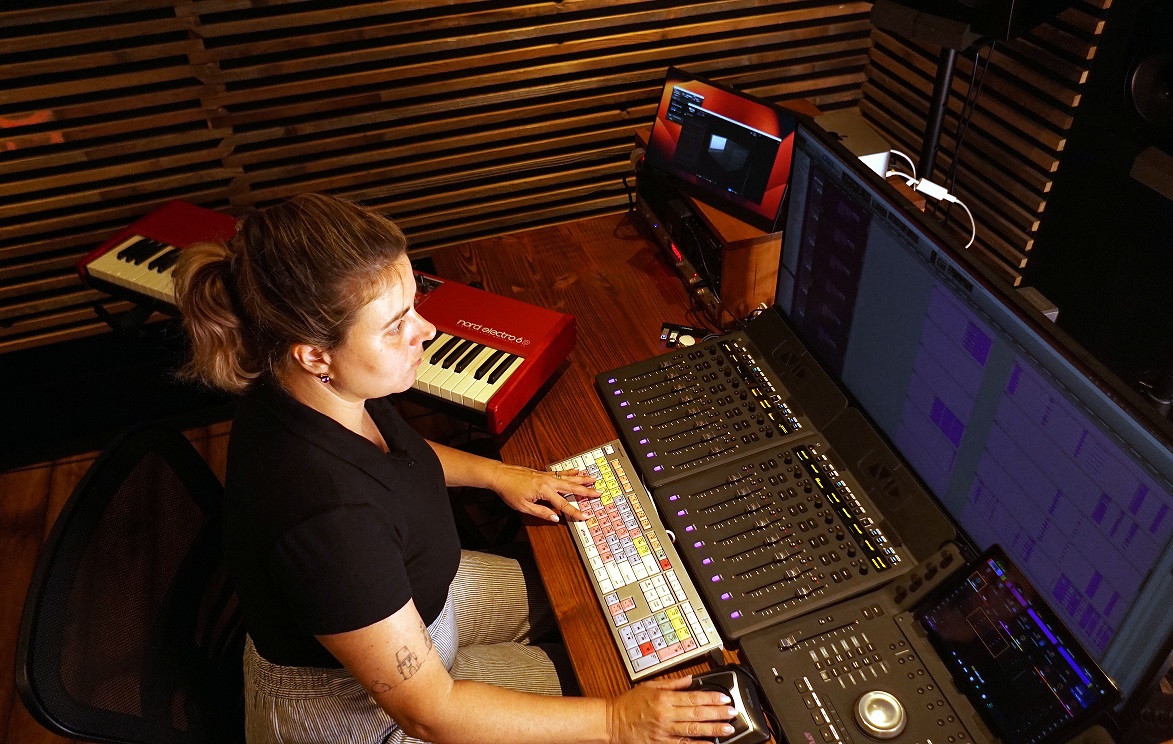
Hi Jillinda, welcome to OLC! So tell me, how did you gravitate towards music editing and how did your journey begin?
Thank you so much for including me! I’ve been a musician my whole life and have always appreciated how music and sound work together within the context of storytelling in film and television. I started in audio post-production 20 years ago as a sound designer for animation. I used Pro Tools to edit and build unique soundscapes for each project. I learned to navigate and quickly pull from sound libraries and when I couldn’t find what I was looking for, I also learned how to record my own sound effects. Doing sound design also taught me how to listen to details and how those sonic elements should fit in relation to the delicate balance of dialogue and music within the full mix. I knew I wanted to eventually move into the music side of post-production, but starting with sound design was a great jumping off point since it is another sonic layer that also helps tell the story, much in the same way that music does.
Eventually I was hired as an assistant under Jenny Barak at her music editing company, Pitch N’ Sync. She really took me under her wing and showed me how I could apply my prior sound editing concepts to the world of music editing. During my time at Pitch N’ Sync, I got to work with another music editor named Moira Marquis, who became a wonderful mentor to me. A few years later, Moira was working on season 1 of the CW Television series ‘Crazy Ex-Girlfriend’. There was so much music on that show (score, original songs, pre-recorded production numbers and a lot of source music) that she was able to lobby the show to hire a second full-time music editor. That ended up being my first official project as a union music editor on a network TV show.
Lady in the Lake has received rave reviews, especially for its music. How did you approach collaborating with Alma Ha’rel to create a score and select period-appropriate songs for the show?
I was fortunate to be brought into the project early enough to really help establish the tone of the show directly with Alma and her fellow picture editors. Since Lady In The Lake is set in Baltimore in the late ‘60s, Alma already knew she wanted to stay authentic to that specific time period. When we were building up the guide music early on to establish the vibe, we made sure to stay away from music that contained modern sounding samples and instruments that weren’t from that era. She was also drawn to a lot of ASMR type elements like humming and breathing, as well as using various percussion instruments to build tension in subtle ways that were almost more felt rather than heard. The guide music we built would ultimately be replaced with an original score composed by Marcus Norris, but since all of us were able to craft that initial road map together, it gave him a pretty solid place to start writing from. That initial guide of temp music is also used to give an idea of where music is needed to support the scene, and just as importantly, where it might get in the way. It also helps convey intended emotions and pacing between scenes, as well as preferred instrumentation to use when composing final pieces.
Your role as a music editor involves connecting the sound designer, composer, and editor. Can you explain how you navigate these relationships to ensure a cohesive final product?
I always try to keep in mind that every sonic element should have a time and place to shine. It’s a bit of a push and pull at times, as we’re all trying to fit pieces together like a puzzle, but these are all equally important to conveying different story ideas. Coming from an experienced sound design perspective, I’m already actively listening for ideal moments within the scope of the entire mix that should be featured. I work directly with the sound supervisors and re-recording mixers during the final mix stage to help decide which musical elements we can either feature more prominently or pull back if they’re interfering with dialogue or sound effects.
You’ve worked on diverse projects like ‘Deadwood: The Movie’ and Crazy Ex-Girlfriend’. How did those experiences influence your work on ‘Lady in the Lake’?
With every project comes more knowledge and versatility. I try never to limit myself, as everything is an opportunity to learn something new. That said, each project is also an opportunity to apply prior knowledge. In the case of Lady In The Lake, some of the people I worked closely with on a daily basis didn’t have prior experience working with a union music editor, so I was able to remain ahead of them with considerations that they might not have come across in their past projects.
As a pioneering woman in the male-dominated fields of sound, music composition, and picture editing, what challenges have you faced, and how have you overcome them?
Oftentimes during a project, I feel that I have to continuously prove my own worth and the value that my position as a music editor brings to the table. I don’t want to blur the lines between having passion for doing great work and being overly emotional, but I wonder if that comes up as much for my male colleagues. It’s unfortunate that I’ve had to find ways to navigate and confront sexism and misogyny, homophobia and transphobia, as well as bigotry and racism over the years.
However, as more space becomes available for not only women, but LGBTQ and BIPOC writers, editors, directors, producers, showrunners, sound editors, supervisors and mixers, I can only hope those types of confrontations will become a thing of the past. I’ve been fortunate to have worked on so many female-led projects like Crazy Ex-Girlfriend, Diary of a Future President, Better Things, Miller’s Girl, and most recently Lady In The Lake. Those are the types of stories that I’m most interested in, and I love that I have had so many opportunities in my career to help bring those stories to life.
Can you walk us through your process for selecting the perfect songs for a scene? What factors do you consider when making these decisions?
I work closely with the music supervisor who will provide the editors with initial batches of songs that are licensable. I edit all of those song options to different scenes and we then work together with the director or showrunner to narrow them down until the final song is chosen for the scene. With Lady In The Lake, I worked hand in hand with our music supervisor, Linda Cohen. She provided songs that were not only era-specific, but were also appropriate to Baltimore because she had relationships with local record labels in the area. A lot of times, there are also songs found by the editors online or elsewhere that we cannot use in the final mix, so it is also the music supervisor’s job to help find similar sounding songs with the same vibe that are able to be licensed. I should also mention that I always get to hear a lot of new (or at least new to me) songs, and that is a big highlight of this job for me.
You’ve mentioned wanting to inspire more women to pursue music editing. What advice would you give to young women interested in this career path?
I would tell them to pursue creating working relationships with composers. Start out by assisting them, learn their workflow, and eventually you will learn how to anticipate their needs so that you can be one step ahead. Composers will often bring their own music editors along with them to a project, so if you’re already on their team, that gives you a leg up. On a more fundamental level, learn how to actively listen in your day-to-day life. Notice different instrumentation in the songs you already listen to and train yourself to hear each element individually. Then take account of how the individual elements are balanced with the rest of what you are hearing in the mix of the song. It’s easier to do that with songs you’re already familiar with, and it trains you how to listen efficiently. You can use those same listening principles when you are watching movies in a theater, or even TV shows at home. Always remain humble throughout every stage of your career, but don’t ever be afraid to assert your confidence. Most importantly, trust yourself and your ears!
Your upcoming project is ‘The Actor’ with music by Richard Reed Parry from Arcade Fire. How do you anticipate this collaboration differing from your work on ‘Lady in the Lake’?
In my role as music editor, I am often in the middle of the dynamic between the director and the composer and will need to adjust my approach accordingly. Maintaining the musical intentions of the composer’s score is always at the forefront of my mind during evolving picture versions. Composers often don’t have the time to re-orchestrate and re-record every little adjustment as the cut changes, so I’m also there to help relieve composers of that burden.
Additionally, Richard and his team aren’t based in LA, and he’s also an active touring musician, which adds extra challenges. Communication is always key in every project, so in this case I am adjusting for various schedule demands and time zone differences.
How do you stay updated with the latest trends and technologies in music editing, and how do they influence your work on various projects?
I like to keep in constant contact with my audio community. Whenever my music editor, engineer, and musician friends try out a new piece of gear or demo new plugins or update software, we all tend to hear about it from each other so that we have first hand reviews from one another. When one of us falls for a targeted ad for some new audio software on IG, we can honestly share our user experience among our own community before the rest of us fall for the same ad in our algorithm! If I can also speak to the ongoing current topic of AI, professionals in our industry are always navigating how and when to use that technology. However, so many of the programs we use daily have implemented that technology already whether we like it or not. At the end of the day, we should probably embrace learning AI as much as we can to be able to use it as an additional enhancement tool, rather than totally relying upon it as a replacement for our jobs.
Email:neill@outloudculture.com
Socials: @neillfrazer

